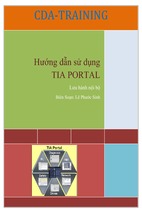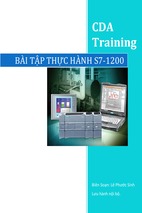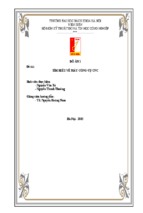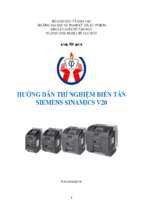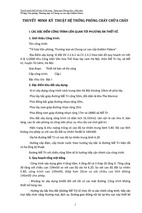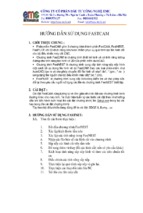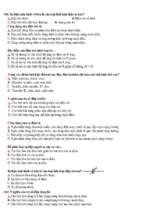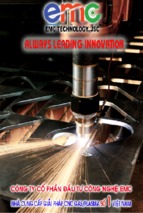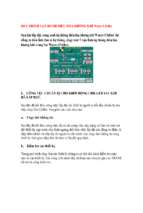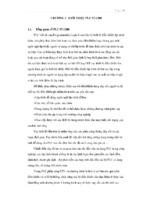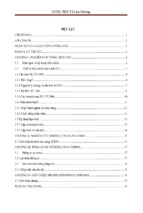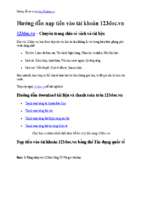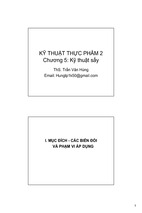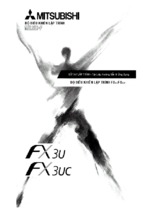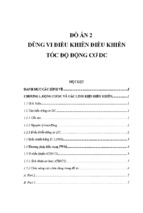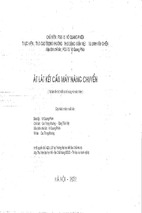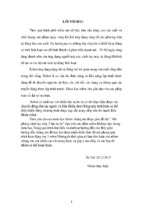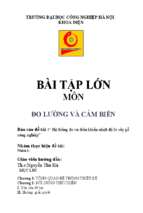ADVANCED MANUFACTURING
ENGINEERING
8: Grinding and Advanced Machining Processes
December 2016
Machining and finishing processes
Grinding machines
• Schematic illustration of a horizontal-spindle surface
grinder
3
Machining by abrasion
• Abrasion: machining allowance is removed in the form of
minute and invisible chips by hard, tiny, randomly oriented
abrasive grit (bonded or loose) of indefinite number and
shape.
Voids
Wheel speed
Bond
Abrasives
Workpiece
Feed
4
Machining by abrasion: Classification
Machining by Abrasion
Grinding
•Surface
•Cylindrical
Finishing
•Honing
•Lapping
•Superfinishing
5
Grinding machines
• Grinding is the removal of metal by a rotating abrasive
wheel; the action is similar to that of a milling cutter.
Schematic illustration of a horizontal-spindle surface grinder
6
Grinding operations
The wheel is composed of many small grains of abrasive,
bonded together, with each grain acting as a miniature
cutting tool.
The process produces extremely smooth and accurate
finishes. Because only a small amount of material is
removed at each pass of the wheel, grinding machines
require fine wheel regulation.
The pressure of the wheel against the workpiece can be
made very slight, so that grinding can be carried out on
fragile materials that cannot be machined by other
conventional devices.
7
Grinding operations
• Schematic illustrations of surface-grinding operations.
• (a) Traverse grinding with a horizontal-spindle surface grinder.
• (b) Plunge grinding with a horizontal-spindle surface grinder,
producing a groove in the workpiece.
• (c) Vertical-spindle rotary-table grinder.
8
Grinding wheel marking
• Abrasive materials
1.
2.
3.
4.
5.
Aluminum Oxide (Al2O3)
Silicon Carbide (SiC)
Boron Carbide B4C
Boron Nitride (CBN)
Diamond
• Grain size
•
•
•
Coarse: 10, 12, 14, 16, 20, 24
Medium: 30, 36, 46, 56, 60
Fine: 70, 80, 90, 100, 150, 180, 200, 220, 240, 280, 320, 400, 500, 600
9
Grinding wheel marking
• Wheel bond
• Vitrified (V)
• Resinoid (B)
• Silicate (S)
• Rubber (R)
• Shellac (E)
• Oxychloride (O)
• Metal
Wheel grade
Very soft:
Soft:
Medium:
Hard:
Very hard:
C, D, E, F, and G
H, I, J, K
L, M, N, O
P, Q, R, S
T, U, V, X, Y, Z
Soft grades are, generally, used for machining hard materials
Hard wheels are used for soft materials
10
Wheel Structure
• Open structure wheels are used for high material
removal rates and consequently produce a rough
surface finish.
• Dense structures are used for precision form
grinding operations.
Very compact:
Compact:
Semi-compact:
Porous:
Very porous:
Extra porous
1, 2
3, 4
5, 6
7, 8
9, 10
11 to 15
Wheel shape
12
Wheel selection
The selection of a grinding wheel for a particular
operation depends on:•
Material to be machined.
•
Accuracy and surface finish.
•
Machining variables.
•
Grinding machine condition.
13
Truing and dressing
• Dressing clears the cutting
surface of the wheel of any
dull grits, and embedded
swarf in order to improve
the cutting action.
• Truing
is employed to
remove material from the
cutting surface to bring the
wheel to the required
geometric shape. It also
restores the cutting action of
a worn wheel as in the case
of dressing.
Grinding wheel
Tool holder
3o – 15o
Tool holder
30o
Grinding wheel
14
Wheel balancing
Grinding operations
Schematic illustrations of internal-grinding operations
external cylindrical grinding
16
Face Surface Grinding with
Reciprocating Feed
vg
vg
St
e
dg
vw
bw
l
External Cylindrical Grinding
Grinding wheel
ag
dg, vg
St
dw, vw
Workpiece
Cylindrical Plunge Grinding
Grinding wheel
dg, vg
Infeed
dw, vw
Workpiece
Internal Grinding with Longitudinal
Feed
vw
St
ag
Workpiece
l
Grinding wheel
- Xem thêm -

